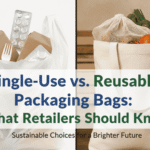
Choosing the Right Clear Plastic Bread Bag: Sizes and Features
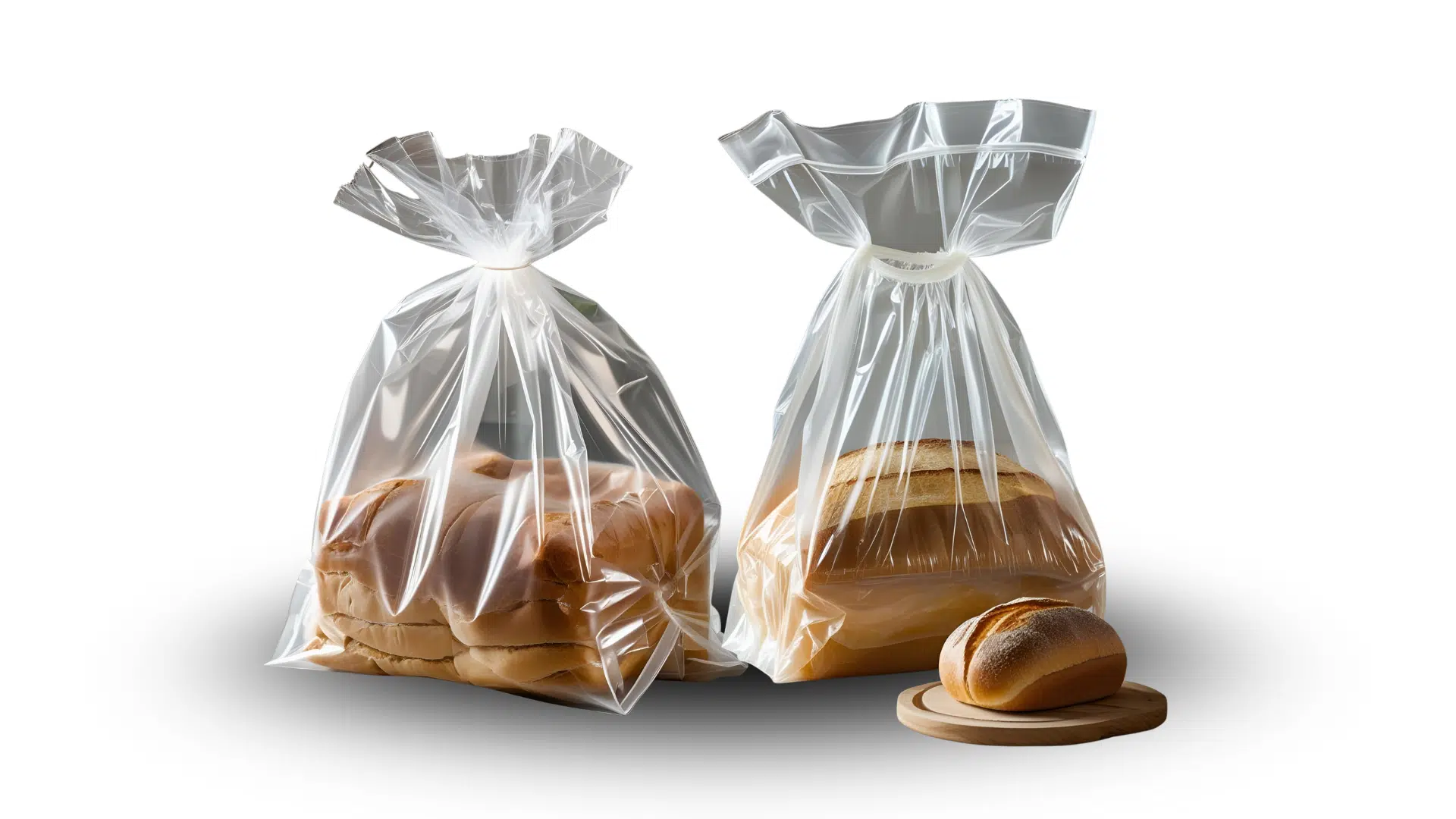
When it comes to storing and selling bread, choosing the right clear plastic bread bags is more important than you might think. These bags not only protect the product but also influence presentation, freshness, and customer satisfaction. For bakeries, food manufacturers, and retailers, the choice of packaging can even impact sales. So, how do you choose the best clear plastic bread bags for your bakery or business?
In this blog, we’ll explore everything you need to know—sizes, features, and tips—to help you make the right choice.
Why Clear Plastic Bread Bags Matter
Clear bread bags serve a critical purpose: they protect the bread from moisture, dust, and contaminants while allowing customers to see the product inside. Transparency enhances the visual appeal, particularly for artisanal and homemade breads, where the color and texture of the crust are key selling points.
From a business perspective, the right bag helps maintain product quality, reduces waste, and ensures compliance with food safety regulations.
Common Uses for Clear Bread Bags in Business
- Bakeries use them to package loaves, buns, baguettes, and rolls.
- Retail stores use them for bulk bread packaging and resale.
- Catering services and restaurants use them for food prep and storage.
- Farmers markets and home-based food businesses use them for fresh, homemade bread products.
Whether you need small plastic bread bags for rolls or large clear bread bags for artisan loaves, the variety is wide—and knowing what to look for is essential.
Key Features to Consider
Choosing the right clear plastic bread bag means looking beyond just size. Here are the most important features to evaluate:
- Material Quality
The most common materials are:
- Low-Density Polyethylene (LDPE): Flexible, clear, and cost-effective. It’s ideal for everyday bread packaging.
- High-Density Polyethylene (HDPE): Slightly less transparent but stronger and more moisture-resistant.
- Polypropylene (PP): More rigid and offers a shinier appearance with better shelf appeal. Often used for commercial packaging.
Make sure your bag is food-grade certified, especially if you’re selling to consumers.
- Bag Thickness (Gauge or Mil)
Thickness matters for strength and durability. A higher gauge (measured in mils) means a stronger bag:
- 0.5 – 0.75 mil: Good for lightweight, soft rolls.
- 1.0 – 1.5 mil: Standard for most loaves and sandwich bread.
- 2.0+ mil: Best for heavy, dense, or moist bread.
If you transport bread in bulk or ship orders, opt for thicker bags to prevent tearing.
- Size and Dimensions
Choosing the right size ensures the bread fits snugly without crushing or leaving too much air inside, which could cause it to stale faster.
| Bread Type | Suggested Bag Size |
| Dinner Rolls / Buns | 6” x 3” x 15” (small plastic bread bags) |
| Sandwich Bread | 8” x 4” x 18” |
| French Baguettes | 4” x 2” x 24” |
| Artisan Loaves | 10” x 5” x 18” (large clear bread bags) |
| Sliced Loaves | 6” x 3” x 20” |
- Closure Types
Options include:
- Twist ties or bread clips: Easy to use and reusable.
- Adhesive tape strips: Offer a quick seal.
- Heat sealing: Provides the longest shelf life but requires equipment.
Choose a closure that balances convenience and freshness based on how fast your products sell.
- Ventilation
Some clear plastic bread bags come with small perforations to release moisture and avoid sogginess—ideal for crusty bread types like baguettes. For soft, enriched breads like brioche or challah, airtight bags are preferred to retain moisture.
How to Choose the Right Size Bag
Selecting the right bag size is crucial for packaging efficiency and product appeal. Here’s how to measure:
- Width: Measure the width of the bread at its widest point.
- Height: Measure the tallest point of the loaf.
- Depth: Consider the thickness of the loaf.
Then, add a little extra space (1–2 inches) for easy insertion and sealing. If you’re unsure, order a few sample sizes to test which one works best before buying in bulk.
Branding and Labeling Options
Many businesses also opt to customize clear bread bags with their logo or product information. This can be done using:
- Printed stickers
- Custom-printed bags
- Insert cards placed inside the bag
Even in a transparent bag, branding still matters. A clean, well-labeled bag not only attracts customers but also communicates professionalism and food safety.
Benefits of Clear Bread Bags for Businesses
Still not convinced why clear bags matter for your business? Here are some real advantages:
- Product Visibility: Helps customers see the freshness and quality.
- Freshness Preservation: Proper sealing keeps bread fresh longer.
- Professional Presentation: Enhances shelf appeal.
- Easy Inventory Management: Quickly identify products in storage or delivery.
- Cost Efficiency: Lightweight and low-cost compared to rigid containers.
Whether you’re packaging handmade sourdough or commercial sandwich loaves, using the best clear plastic bread bags for bakeries improves your bottom line.
Where to Buy Clear Plastic Bread Bags
Here are a few options where businesses can source high-quality clear plastic bread bags:
- Foodservice supply wholesalers
- Bakery equipment distributors
- Online packaging suppliers like Uline, WebstaurantStore, and Amazon
- Custom packaging vendors if you need branded options
Always compare options based on price, minimum order quantity, shipping costs, and customer reviews.
Eco-Friendly Alternatives
If your business is aiming for sustainability, look for:
- Compostable clear bread bags made from PLA (plant-based plastic).
- Recyclable LDPE bags (confirm local recycling rules).
- Reusable bread bags for subscription or specialty bakery models.
While they may cost more upfront, eco-friendly bags appeal to environmentally conscious consumers and may help you stand out in a crowded market.
Final Thoughts
Choosing the right clear plastic bread bag can make a significant difference in how your products are perceived, how long they stay fresh, and how efficiently your business runs. From small plastic bread bags for rolls to large clear bread bags for rustic loaves, the variety is there—you just need to align the features with your specific product and customer needs.
Investing time in finding the best clear plastic bread bags for bakeries or your specific operation is a small effort that can lead to big results in terms of customer satisfaction, reduced waste, and brand professionalism.
FAQs
“I run a home-based bakery selling sandwich loaves and artisan bread. How do I determine which bag sizes will fit my products properly?”
Choosing the right size involves measuring the width, height, and depth of your bread, then adding 1–2 inches for easy sealing. For example, sandwich loaves typically fit an 8” x 4” x 18” bag, while artisan loaves may need something larger like 10” x 5” x 18”. Testing with samples is recommended before bulk purchasing.
“I see different materials mentioned like LDPE and polypropylene. Which one should I choose for packaging fresh bread daily?”
Answer:
Each material has its strengths:
- LDPE is flexible, clear, and ideal for daily use.
- HDPE is stronger with more moisture resistance.
- PP offers a glossy finish for premium presentation.
For everyday use, LDPE food-safe packaging bags are a popular and cost-effective choice.
“Do your clear bread bags meet food safety standards? I want to ensure they’re safe for direct contact with bread.”
Answer:
Yes, most commercial clear plastic bread bags are made from food-grade certified materials. When buying, always check the product description or supplier info for certification. This ensures compliance with food safety regulations and protects both your product and your brand reputation.
“I want to add branding to my packaging. Are there options for printing or labeling clear plastic bread bags?”
Answer:
Absolutely! You can customize your bags in several ways:
- Use printed stickers or insert cards.
Order custom-printed bags through packaging vendors.
This adds professionalism, boosts shelf appeal, and helps with brand recognition—even in transparent bags.
Share:
Get A Quick Quote
Social Media
Most Popular


What Retailers Should Know About Plastic Shopping Bag Myths
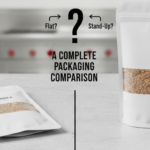
Flat Pouch or Stand-Up Pouch? A Complete Packaging Comparison
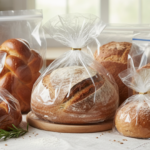
How to Choose the Best Plastic Bread Bags for Freshness and Presentation
Categories
Tags
Related Posts
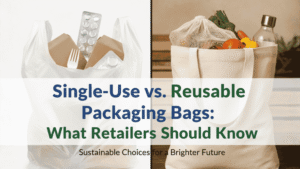
Single-Use vs. Reusable Packaging Bags: What Retailers Should Know
Packaging plays a critical role in retail operations, customer experience, and brand perception. One of the most important decisions retailers face today is choosing between
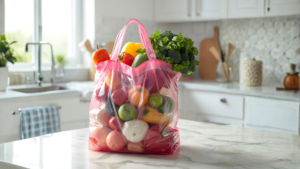
What Retailers Should Know About Plastic Shopping Bag Myths
Plastic shopping bags have sparked fierce debate among consumers, businesses, and policymakers around the world. While these bags offer convenience and affordability, they’re often at
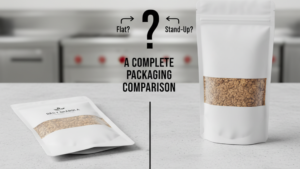
Flat Pouch or Stand-Up Pouch? A Complete Packaging Comparison
In today’s competitive marketplace, choosing the right packaging can make all the difference for your product’s success. Whether you’re launching a new product or refreshing
